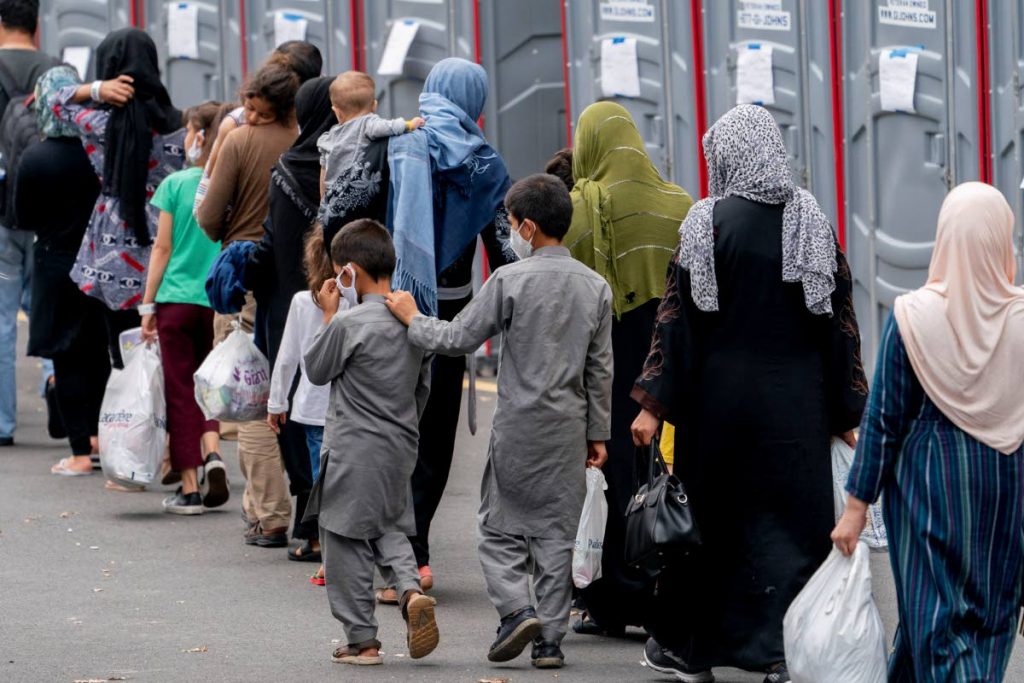The demise of Afghanistan

SHIVANI MAHASE
THE TALIBAN takeover in Afghanistan has sent shock waves throughout the international community. Although terrorism deaths declined from 2018 to 2019, Afghanistan remains as the country most impacted for the second consecutive year, as it was ranked first in the Global Terrorism Index for both 2018 and 2019, and the death toll from terrorism stands at 5,725 as at 2019. It was also ranked as the least peaceful country in the world.
The Institute of Economics and Peace showed that terrorism incidents and deaths in the country quadrupled since 2011. Forty-one per cent of global terrorism deaths is accounted for by Afghanistan, of which the Taliban are responsible for 87 per cent of those fatalities. Terrorism was widespread in Afghanistan in 2019 with terrorist incidences being recorded in all its 34 provinces.
Although the Taliban remain Afghanistan’s most active terrorist group, deaths attributed to it declined by 18 per cent in 2019 as US-led counter-terrorism operations deepened. Nevertheless, despite the fall in deaths, the group continued to intensify large-scale attacks across Afghanistan, with total attacks rising by six per cent.
The Taliban were responsible for one of the deadliest terror attacks of 2019, when a suicide bomber detonated an explosives-laden vehicle and assailants opened fire on a National Directorate for Security (NDS) base in the Maydan Shahr district in January. The attack resulted in at least 129 fatalities and 54 injuries.
The Taliban retained a focus on police and military targets in 2019, recording 508 attacks and over 2,900 fatalities. Although civilian deaths decreased by 45 per cent, attacks against civilians increased by 25 per cent.
The increasingly fragile situation wounded Afghanistan’s economy with a 50.3 per cent GDP economic cost to violence, up from 30.7 per cent in 2007, thus resulting in extreme difficulties in making any progress. Consequently, 78 per cent of Afghans indicated in 2019 that they felt less safe than five years ago. It is safe to say that Afghanistan’s economic situation is in a very worrisome position. Prior to the Taliban takeover, the country’s economy was “shaped by fragility and aid dependence,” according to the World Bank, with 75 per cent of public spending financed by grants.
Afghanistan currently has just over 37 million in SDRs (special drawing rights), which is equivalent to approximately US$52.5 million, according to the most recent SDR exchange rate. However, that number will increase to 323.8 million SDRs, or just under US$460 million, according to the IMF, but the Taliban is currently blocked from accessing it.
The country’s other assets is held by the Da Afghanistan Bank (DAB), the country’s central bank. It lists 784.6 billion afghanis (US$10 billion) in assets for the period ending June 21, including 102.7 billion afghanis (US$1.3 billion) in gold and 28.7 billion (US$366 million) in foreign currency cash reserves. The US froze US$9.5 billion in assets that the DAB has in accounts with the Federal Reserve and other American financial institutions to prevent the Taliban accessing them.
The Taliban can only access a small proportion of the central bank’s funds from abroad. Ajmal Ahmady, former Afghanistan central banker, indicated “the accessible funds to the Taliban are perhaps 0.1-0.2 per cent of Afghanistan’s total international reserves. Not much.” He also added that “without Treasury approval, it is also unlikely that any donors would support the Taliban government.”
The 2020 auditor’s report on the country’s central bank revealed that there were 12.5 million afghanis (US$159,600) worth of gold bars and silver coins in the bank’s vault inside Afghanistan’s presidential palace, which is now owned by the Taliban. Furthermore, the Taliban now hold approximately US$362 million in foreign currency cash holdings.
Other sources of funds for the Taliban include “drug trafficking and opium poppy production, extortion, kidnapping for ransom, mineral exploitation and revenues from tax collection in areas under Taliban control or influence,” according to the United Nations Security Council.
The Taliban takeover now leaves Afghanistan’s current economic situation in an ever-more precarious condition. According to the Asian Development Bank, more than 47 per cent of the country lived below the poverty line in 2020, and 34.3 per cent of individuals with jobs lived on less than US$1.90 a day.
The majority of households are dependent on the low-productivity agriculture sector for income, and political instability, security problems and corruption have all deterred private-sector development, resulting in Afghanistan being ranked 173rd out of 190 countries in the World Bank’s 2020 Doing Business Survey.
Unemployment stood at 11.7 per cent in 2020 pre-Taliban rule, before individuals started fleeing the country and some women were dismissed from their jobs. Ahmady summarised the grim picture, predicting depreciating currency, surging inflation and rising food prices. Pray for Afghanistan.


Comments
"The demise of Afghanistan"